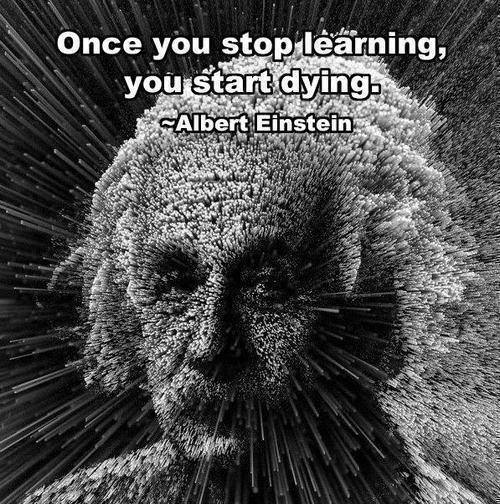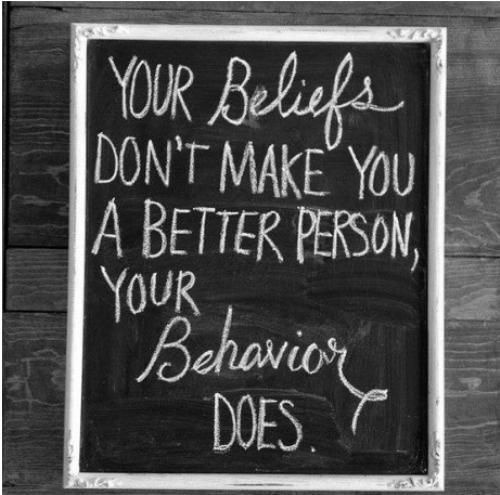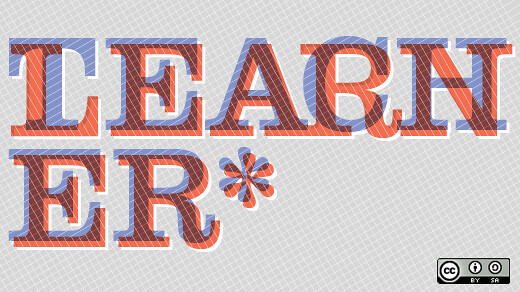Communication
Critical Thinking
Creativity
Those are the 4 C's of 21st Century Learning. Their intent is related to the instruction that our students engage in. (Notice I didn't say receive, because students should not be passive bystanders in their learning!)
Truth be told, though, these should be the pillars of a teacher's continuing learning, too. No matter the curricular area of the teacher, all would benefit by participating in continuing education endeavors that focus on these same 4 C's.
I firmly believe that the answer to my original question is yes. Below, I lay out how these critical components of 21st Century Learning should apply to learning for teachers, as well.
Collaboration- Years ago, there was a silo-esque quality to our schools. Some would say that this is still true in some places today. Teachers planned, taught, and assessed all on their own. In today's school, a teacher needs to work smarter, not harder. Relying on true, honest, collaboration with other educators would be classified as working smarter. To go one step further, the explosion of social media has removed physical location as a barrier, allowing for teachers to collaborate with others around the world.
Communication- It is difficult to separate communication from collaboration, for when engaged in collaboration, it is imperative for teachers to be able to coherently express their thoughts with their colleagues. A teacher's thoughts and ideas are all for nought if they are not communicated effectively, easily received and understood by their colleagues.
Critical Thinking- When learning new ways to engage our students, a teacher must engage their critical thinking skills in order to effectively analyze evidence, evaluate alternative points of view, and synthesize and make connections between information and arguments. Often, when collaborating with others, a variety of ideas will be thrown around, and it is critical that teachers possess the skills to sift through the vast amounts of information in order to make connections with how this new information will apply to their classrooms.
Creativity- Teachers must be able to creatively construct the vision for how learning will occur in their classrooms. They must be able to think outside of the proverbial box to identify innovative ways to connect their students with the material. Part of this creative process involves honest reflection of how things have been done, in order to identify ways to change these methods in order to better connect with students.
The idea that the 4 C's of 21st Century Learning only relates to how teachers need to structure their instruction and learning environments leaves out more than half of the equation. In order to begin to apply these concepts in our classrooms, it is crucial that teachers actively engage these same components in their own learning.
What do you think? What role should the 4 C's of 21st Century Learning play in educator's continued learning?
image attributed to icanread
I firmly believe that the answer to my original question is yes. Below, I lay out how these critical components of 21st Century Learning should apply to learning for teachers, as well.
Collaboration- Years ago, there was a silo-esque quality to our schools. Some would say that this is still true in some places today. Teachers planned, taught, and assessed all on their own. In today's school, a teacher needs to work smarter, not harder. Relying on true, honest, collaboration with other educators would be classified as working smarter. To go one step further, the explosion of social media has removed physical location as a barrier, allowing for teachers to collaborate with others around the world.
Communication- It is difficult to separate communication from collaboration, for when engaged in collaboration, it is imperative for teachers to be able to coherently express their thoughts with their colleagues. A teacher's thoughts and ideas are all for nought if they are not communicated effectively, easily received and understood by their colleagues.
Critical Thinking- When learning new ways to engage our students, a teacher must engage their critical thinking skills in order to effectively analyze evidence, evaluate alternative points of view, and synthesize and make connections between information and arguments. Often, when collaborating with others, a variety of ideas will be thrown around, and it is critical that teachers possess the skills to sift through the vast amounts of information in order to make connections with how this new information will apply to their classrooms.
Creativity- Teachers must be able to creatively construct the vision for how learning will occur in their classrooms. They must be able to think outside of the proverbial box to identify innovative ways to connect their students with the material. Part of this creative process involves honest reflection of how things have been done, in order to identify ways to change these methods in order to better connect with students.
The idea that the 4 C's of 21st Century Learning only relates to how teachers need to structure their instruction and learning environments leaves out more than half of the equation. In order to begin to apply these concepts in our classrooms, it is crucial that teachers actively engage these same components in their own learning.
What do you think? What role should the 4 C's of 21st Century Learning play in educator's continued learning?
image attributed to icanread







